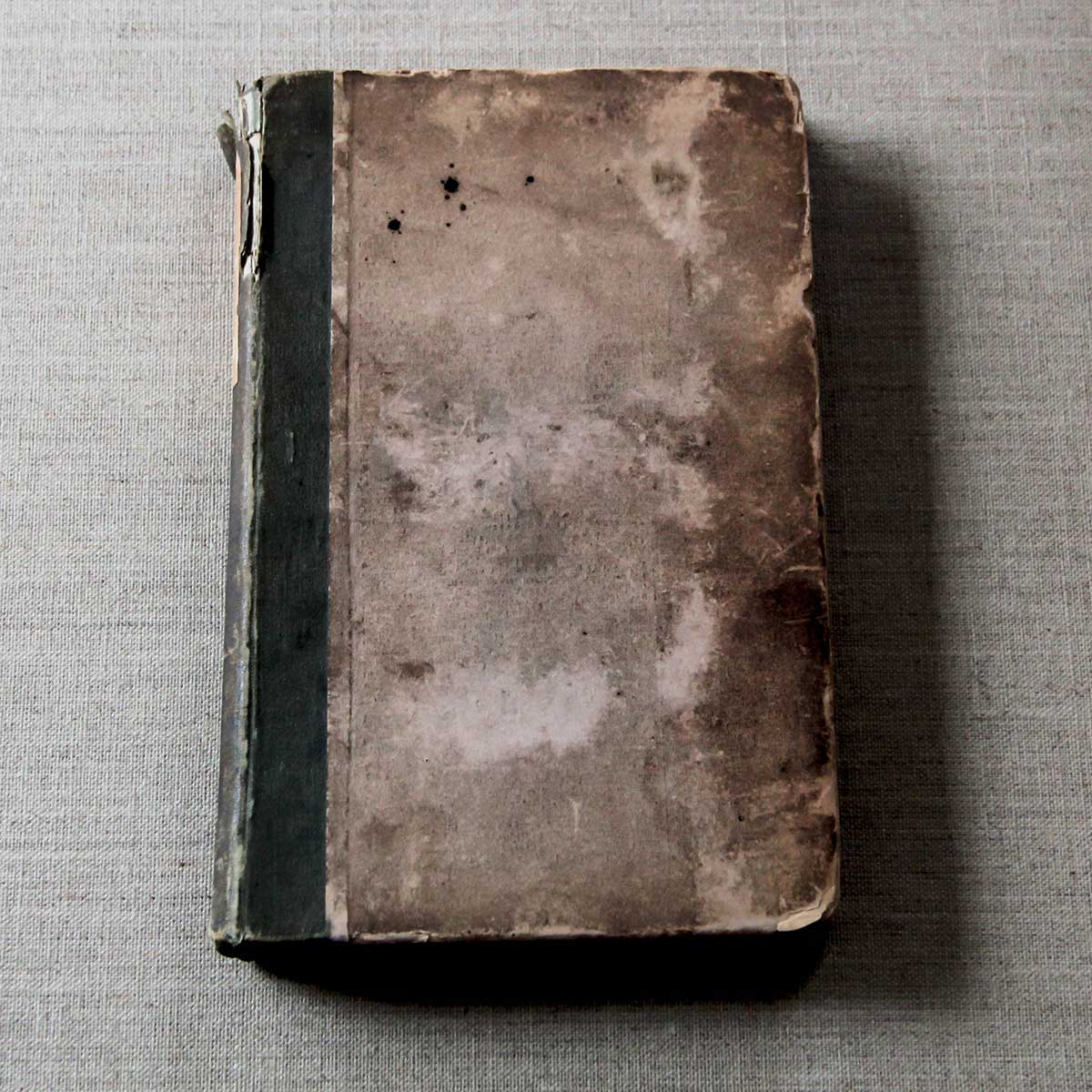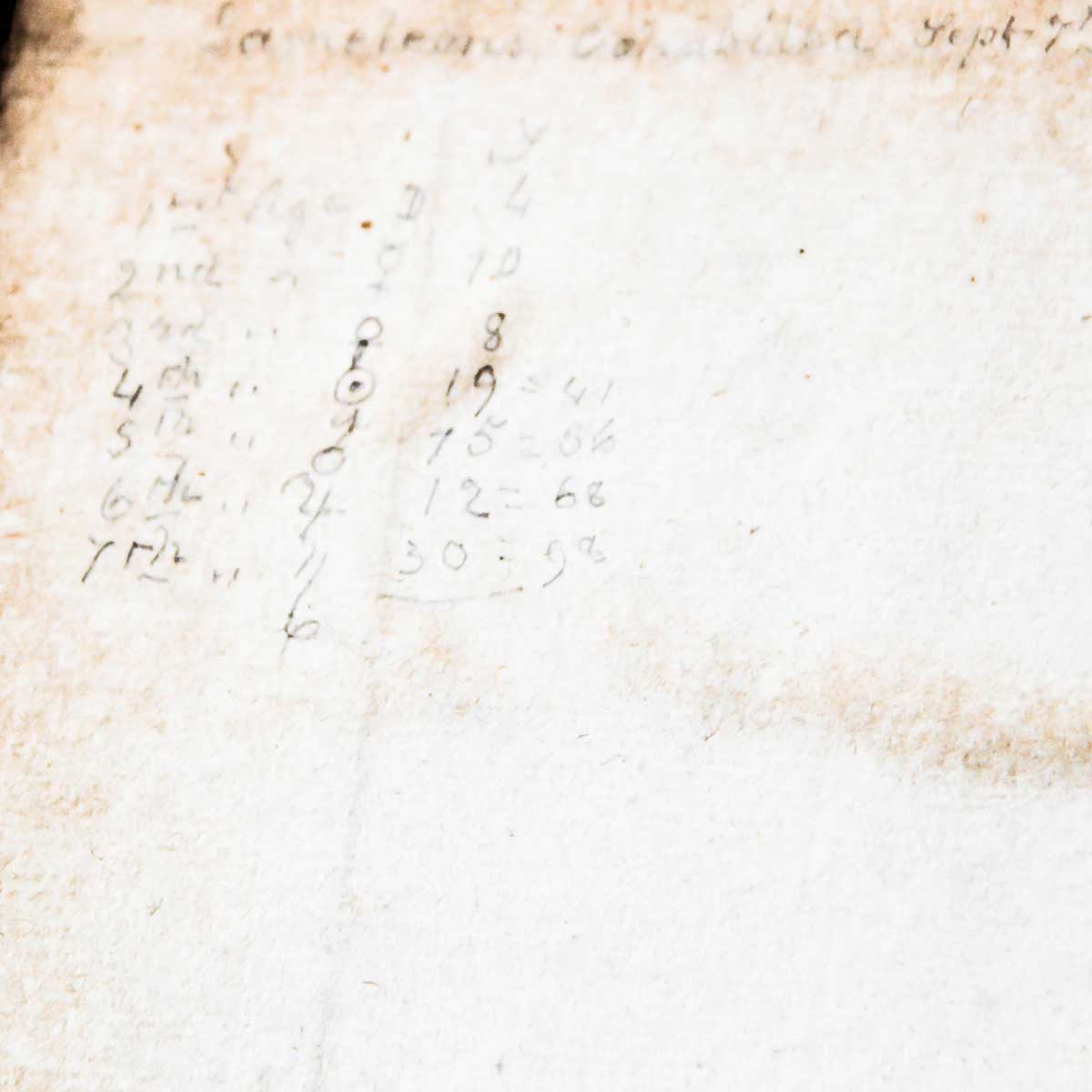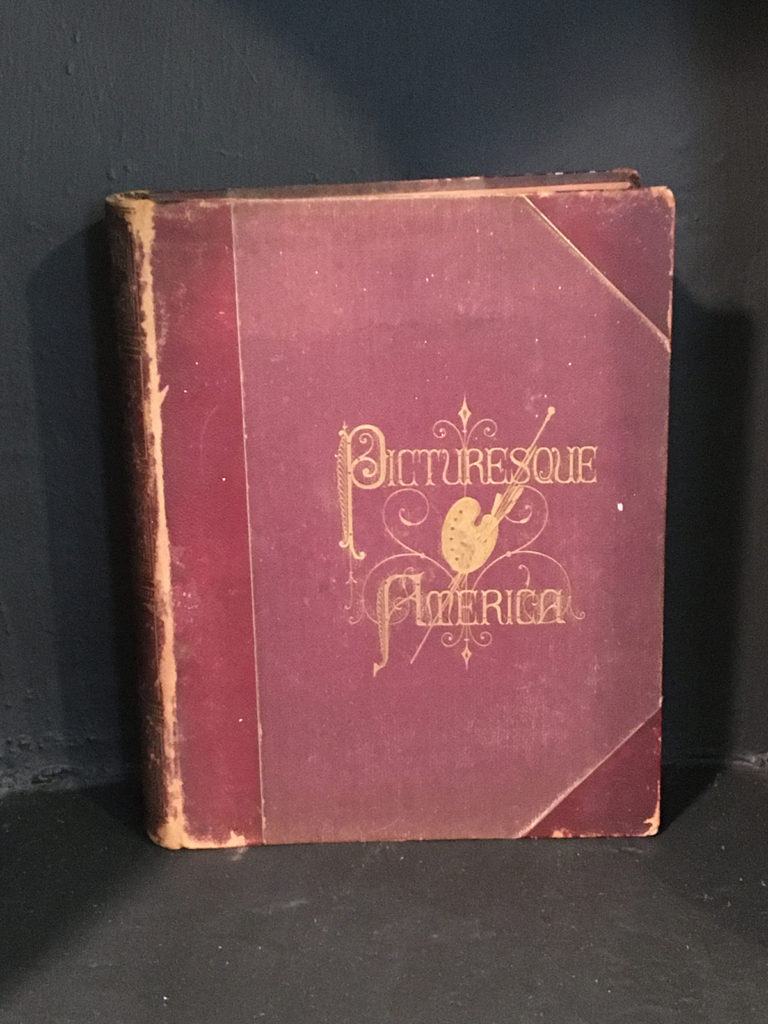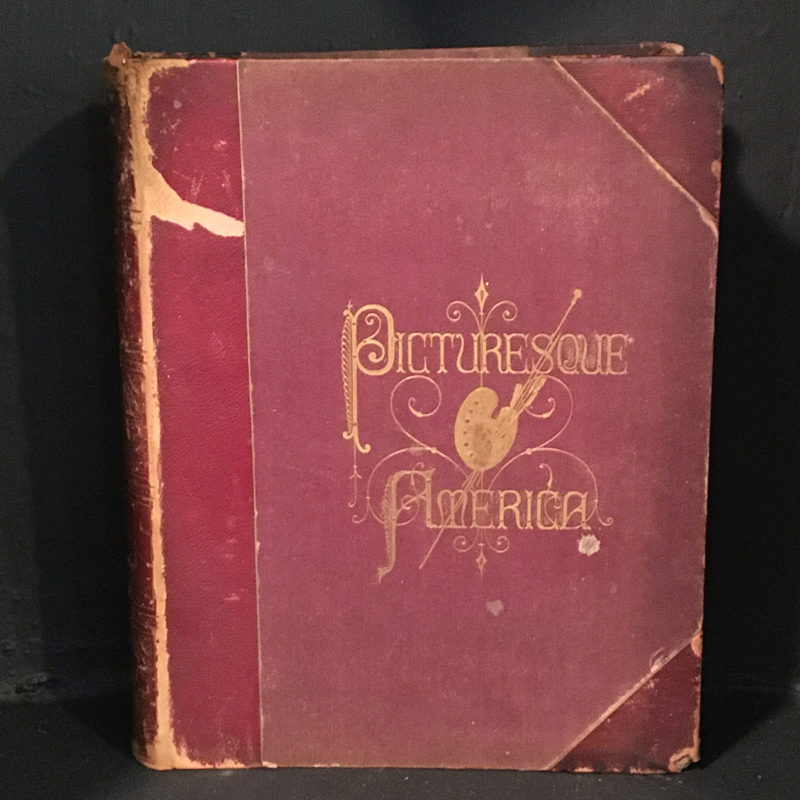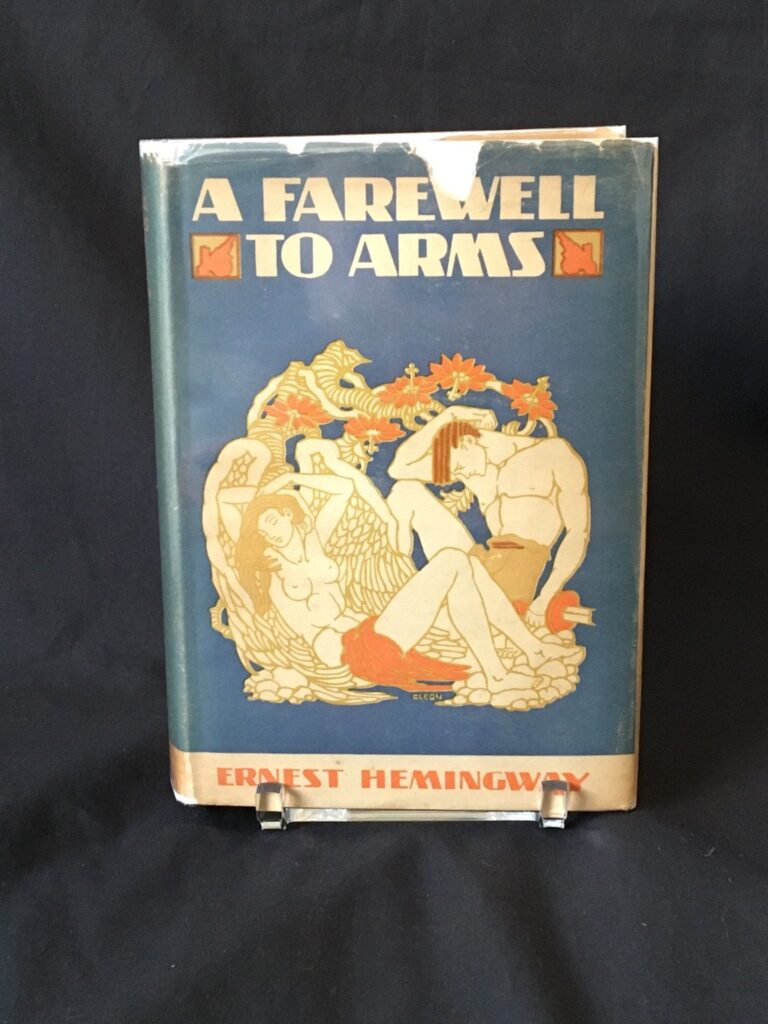Antique Astrology Ptolemy’s Tetrabiblos 1822
$150
Out of stock
Description
London: Davis And Dickson, 1822. 8vo. pp. 2 p.l., xxvii, [1]ads, 240. lithographed frontis. Appendix diagram included. Original cloth-backed boards intact though quite worn: chipping, bumping, fraying along the fore-edges, with evidence of ink drop stains to the front board. Blue paper underlay beginning to show along backboard. Top most portion of the spine frayed and partially split. Significant foxing to front and back pastedowns and free endpapers as well as the title page. Chip missing from the front free endpaper. Text otherwise quite clean, though it shows superficial warping. Binding quite solid. Small booksellers sticker on back pastedown near spine. Front pastedown includes a small section of penciled notes for astrological calculations dated September 7, 1876. A well loved, unique antique copy of the classic astrology book. First Edition of the esteemed English Translation by J.M. Ashmand.
The most popular ancient text on astrology, Ptolemy’s Tetrabiblos has been the classic handbook for serious students of astrology since its first appearance in the 2nd-Century C.E. Providing rationales, arguments, and techniques for mundane and individual astrology, the Tetrabiblos is a complete crash course in the antique science of late Antiquity written by the same philosopher behind the astronomical Almagest, which codified geocentrism for 1200 years, also included in this edition.
This 1822 translation by J.M. Ashmand from the 1630 Latin translation by Vatican scholar Leo Allatius. One of the first widely available English versions, serving as a cornerstone for the 19th and 20th-century astrology revival, this copy is especially interesting due to its additional details. Throughout the text, the unknown owner has made every correction provided by the editors in pencil and written a note on the front pastedown titled “Cameleons Cohabiled Sept. 7, 1876 btween 11 and 12/ Noon”. Below, the owner has calculated out the “time lords” or ruling planets of the years of a person’s life, supplying both the duration of rulership, and a person’s approximate ages, as explained in Book 4 Chapter 10 of the present text, and described by Shakespeare in As You Like It’s “All the World Is a Stage” speech. In addition, this copy has the bookseller’s label on the back pastedown of Ralph Kraum, author of Astrological Americana.
If you liked this book, you might also like this illustrated copy of Thomas Inman’s 19th century lecture on ancient cairns and stone circles.


